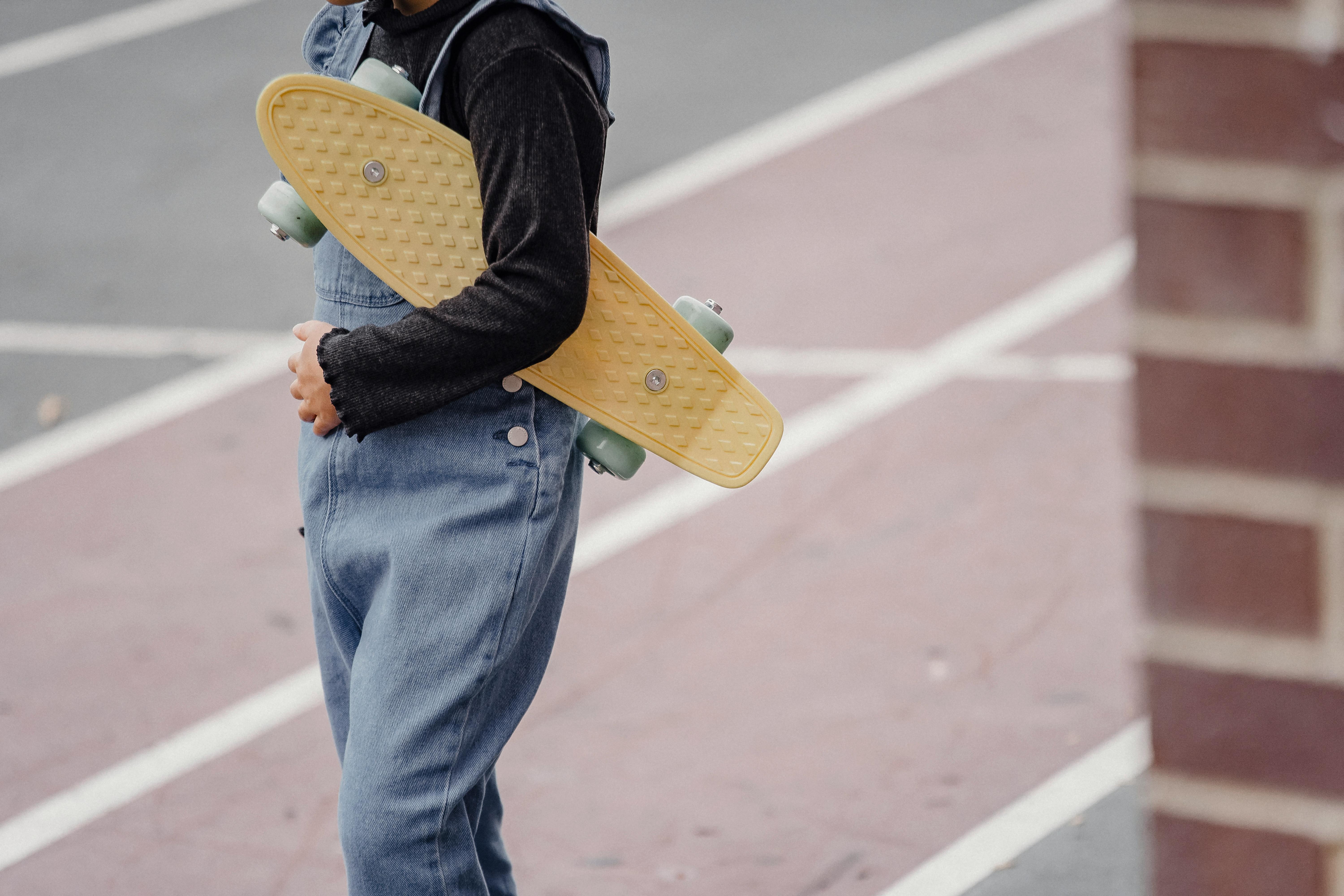
Waltzing Matilda: Australia’s other anthem grew out of a struggle between socialism and capitalism
Home to sheep and cattle stations larger than many European principalities, the state’s ranchers and wheat farmers were desperate for labor. Maritime unions tied up Australia’s docks for five months in 1890, miners’ unions cut production at Broken Hill for six months in 1892, and shearers’ unions renewed their long strikes in 1893.
For travelers equally desperate for paid work, rural Queensland offered a lifeline. Getting there meant a three-day train ride from Sydney. Once they landed in Brisbane, the state capital, the hopefuls faced a trek, on foot, to towns where they could sign up for the Roll Call for station workers.
- Across this vast territory, twice the size of Texas, rural towns were few, with many hot, dusty miles between them. Because of this, the men had to carry their own supplies of food and water in a petate slung across their sweaty backs. In Australia, the arrangement of the canvas and blanket, wrapped around the traveler’s provisions, earned it the nickname ‘swag’, giving its wearer the name ‘swaggie’.
As union bodies increased pressure on governments to introduce social reforms, activists used terror tactics against large landowners. Union activists on horseback rescued Bush workers on the highways and forced them into rebel camps. Thousands of barbed wire fences were destroyed. Forage paddocks were destroyed by fires started with kerosene. The wool sheds burned down with the season’s baled wool inside.
- The body of a union shearer named Samuel Hoffmeister was found shot to death with his own revolver, next to a watering hole, or ‘billabong’, near the central Queensland town of Winton.
It was a dangerous time to be on country roads.
For reasons lost to history, the practice of wandering down country lanes in close company with nothing but the bulge on the back of a braggart became known as “Waltzing Matilda.” It is also the title of the unofficial anthem of Australia.
The song’s lyrics were written by poet and journalist A. B. ‘Banjo’ Paterson, who visited rebel camps and wrote first-hand accounts for readers of major Sydney newspapers. A close friend of one of the largest landowners in the region, Paterson understood both sides of the argument and is credited with helping convince both sides in the struggle (landowners and union leaders) to come together and bring a peaceful end to hostilities. .
- In 1894, the three-year conflict known to historians as “The Shearers’ War” finally came to an end.
In 1938, Paterson wrote, wryly, of his delighted surprise to learn that there “really was” a man from Snowy River. Dozens claimed themselves or some family member as The Man that the poet had invented. Later, he accorded a similar compliment to his now-famous swagman. From the time of settlement, the only record of fatal drowning was at Combo Waterhole, where George Hamlyn Pope, a woolen scourer, drowned after a night of heavy drinking, in September 1891.
Still the legend grew…
In the early 1990s, a group of candid tourists from Marine City, Michigan, USA, was filmed for television Shearers War.
Here, their tour guide told them, was the very spot where the poor braggart had drowned. So, with some ceremony and a lot of good will, they placed a bronze plaque in his memory and sang a chorus of ‘Waltzing Matilda’.